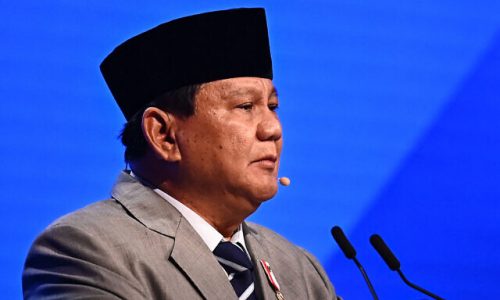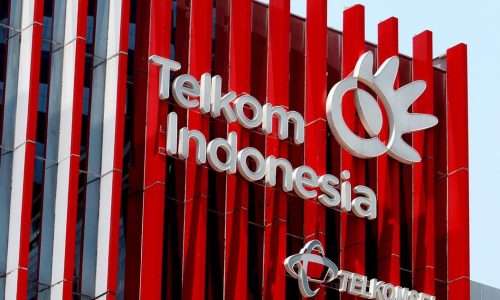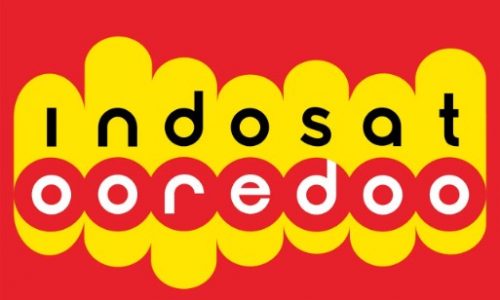Of the 45 million Ultra Micro businesses (UMi) that require additional funding, only 15 million can be served by financial institutions, 12 million are financed by moneylenders or relatives and as many as 18 million Micro-enterprises in Indonesia have not had access to funding at all.
Ultra micro holding formation
Since November 17, 2020, the establishment of an ultra-micro holding began with the step of the Proposed Rights Issue/Privatization of the country’s one of biggest lenders Bank Rakyat Indonesia (BRI) from the Ministry of State-Owned Enterprises (SOEs) to the Minister of Finance;
- February 17, 2021, approval for BRI’s rights issue/privatization from the Privatization Committee appeared;
- The House of Representatives Council (DPR) then supported the establishment of the SOEs UMi holding on March 18, 2021;
- July 2, 2021, Government Regulation No. 73/2021 is issued regarding State Equity Participation (PMN) of BRI;
- July 16, 2021, the Minister of Finance Decree No. 282/2021 regarding the value of PMN BRI appears;
- July 22, 2021, the Extraordinary General Meeting of Shareholders of BRI took place;
- August 27, 2021, the Financial Services Authority (OJK) approved BRI’s investment in ultra-micro;
- August 30, 2021 OJK Capital Markets issued an effective statement regarding BRI’s rights issue;
- September 9, 2021, OJK gave approval to BRI as an ultra micro shareholder and September 29, 2021 was the listing of shares resulting from the rights issue. It was informed that as a holding entity, ultra-micro SOEs consist of BRI, BRI’s subsidiary PT Pegadaian and Civil National Capital (PNM).
Ultra micro integration benefits
Holding micro partners offers six value propositions for society, namely a comprehensive product offering; wider customer access points; better understanding of customer needs, integrated customer platform; access to the micropayment ecosystem and beyond banking as well as business empowerment.
Ultra micro ecosystem roadmap
The ultra micro ecosystem roadmap is divided into three stages: The first year is to build a strong foundation after integration, the second year is to strengthen the core for synergies realization and the third year is to scale up to achieve Indonesia’s financial inclusion aspirations.
According to a source at the Ministry of Energy and Mineral Resources (ESDM), in the first year, four steps will be taken, namely building an Integration Management Office (IMO) team – to help encourage the delivery of synergies and track execution progress against key milestones; Initiate expansion of customer access points – utilize the UMi holding network through co-location; Develop a digital sales acquisition platform (a.l., UMi corner) – to enable joint-selling across 3 entities and introduce an unsecured proposition for UMi customers – to ensure a comprehensive product range within the UMi ecosystem.
In the second year, four steps will be taken, developing a digital channel for UMi customers – to gain access to a comprehensive range of UMi products; Strengthening the product portfolio of UMi holding entities – anchored to the strategic focus of each entity; Introducing empowerment programs – focusing on financial literacy and digital education; Launched CASA campaign programs – to get new deposit customers.
“Launch of full-scale empowerment programs – increasing customer financial literacy, business growth and digital penetration; Scale up partnerships with other major players across industries – to expand acquisition, disbursement, collection and other channels; Increasing the scale of analytical use case development – by leveraging big data across 3 entities are steps in the third year of the ultra-micro ecosystem roadmap in Indonesia,” the source said.








